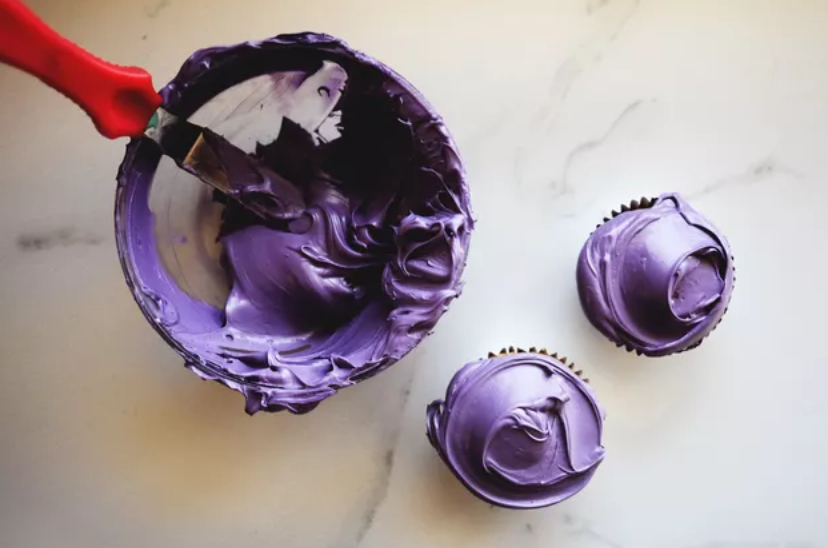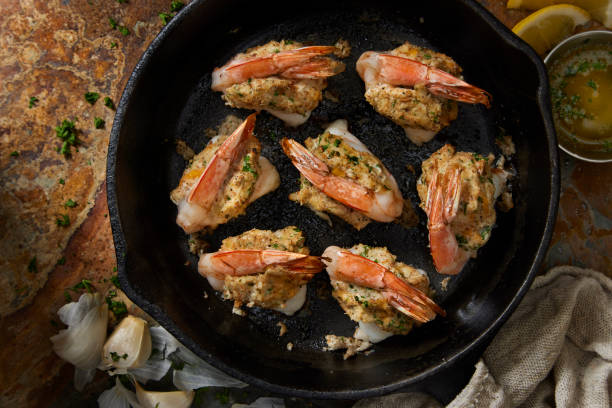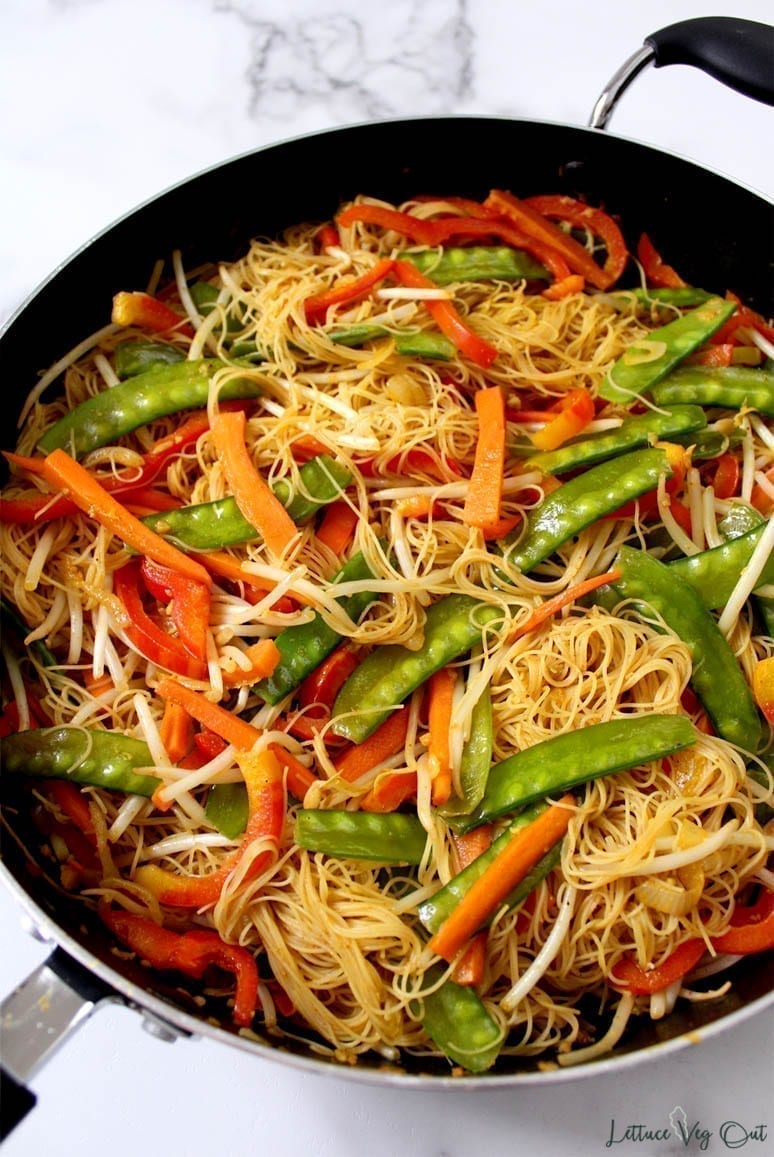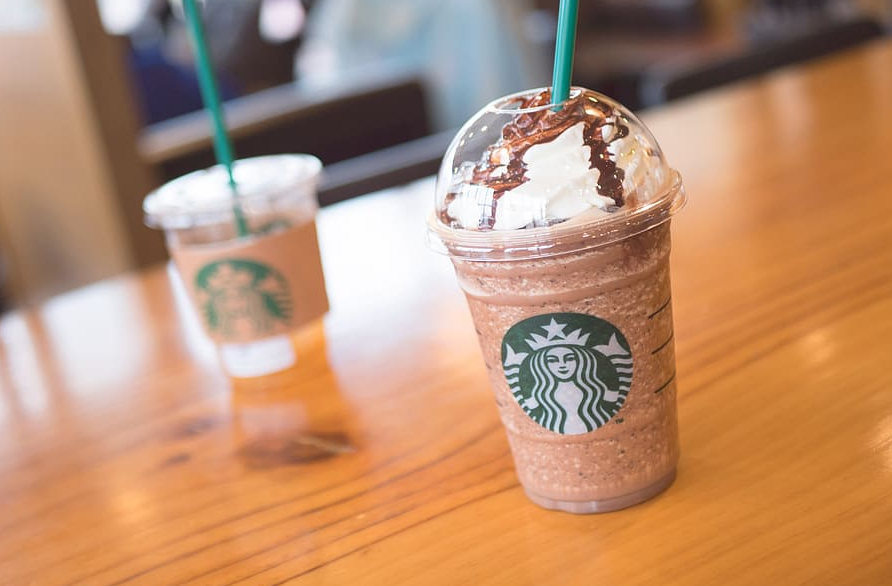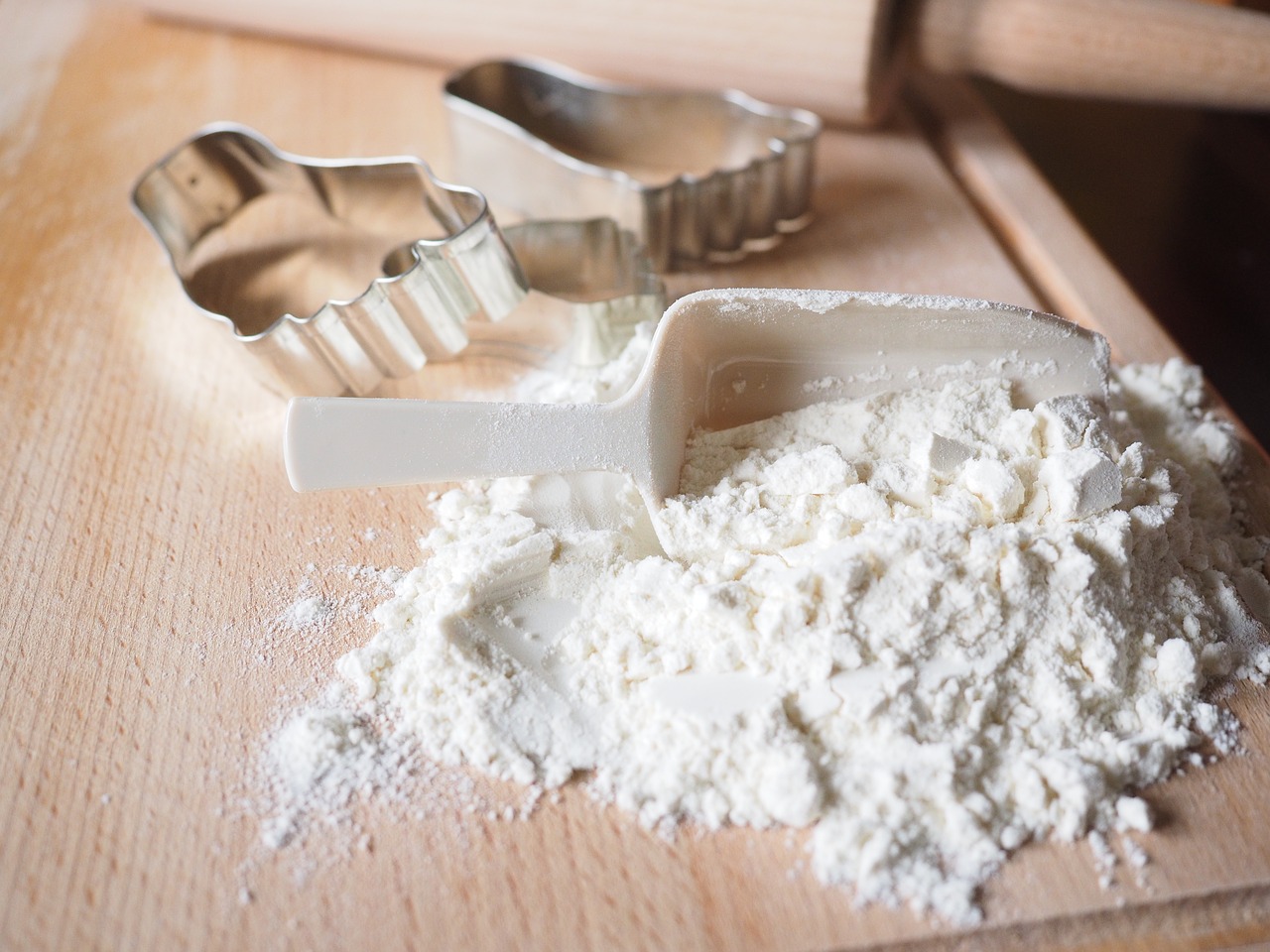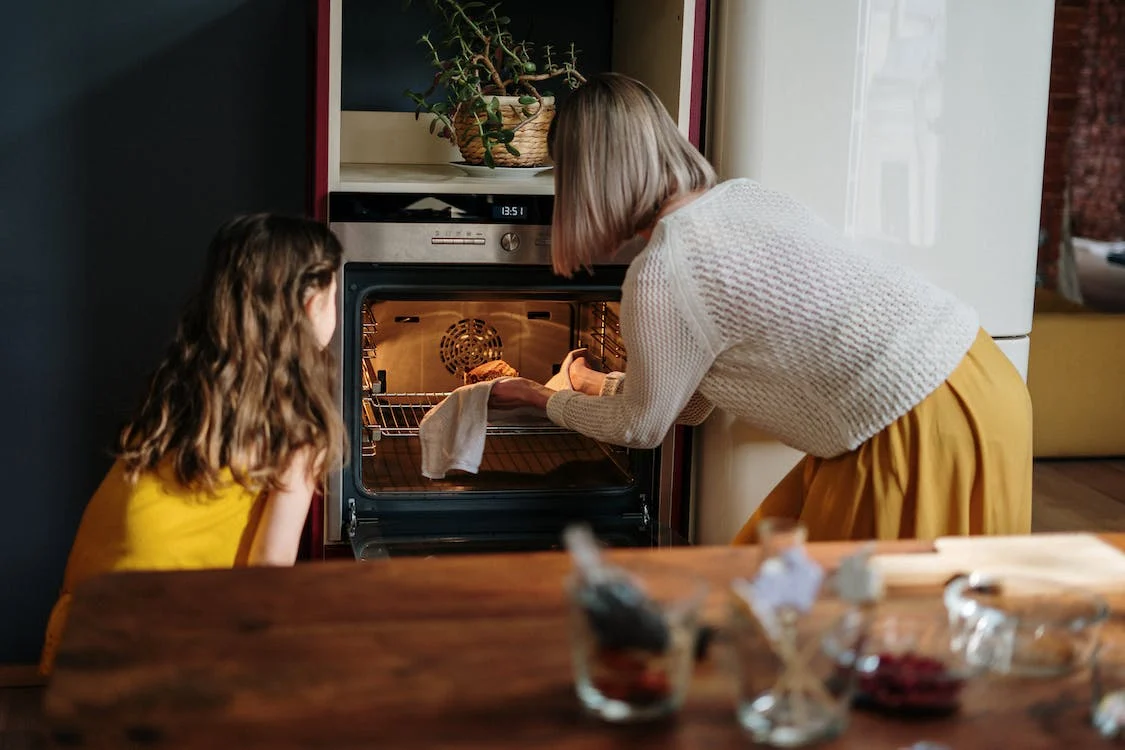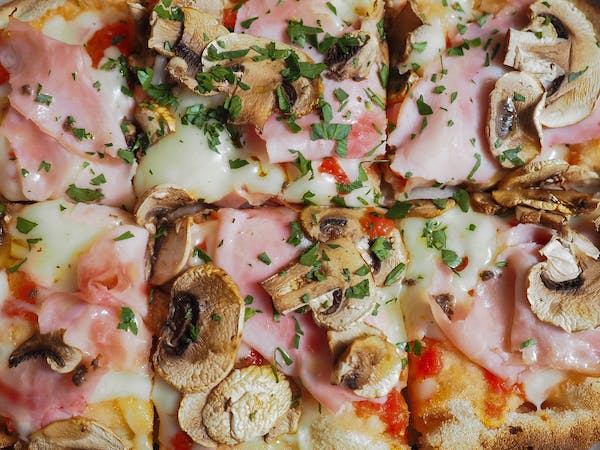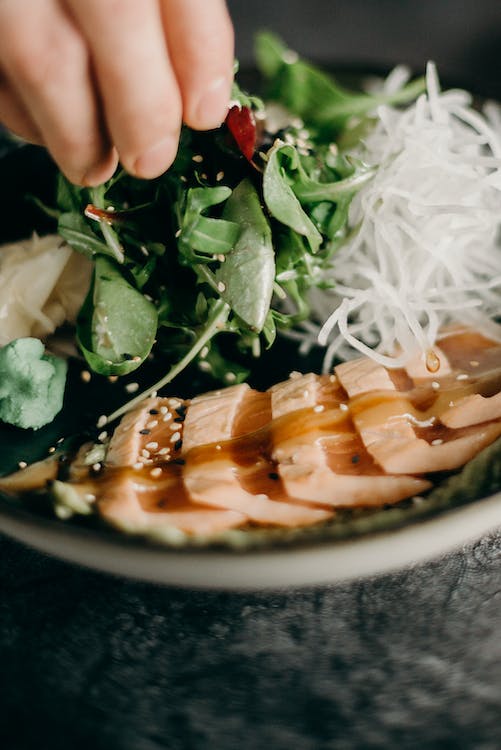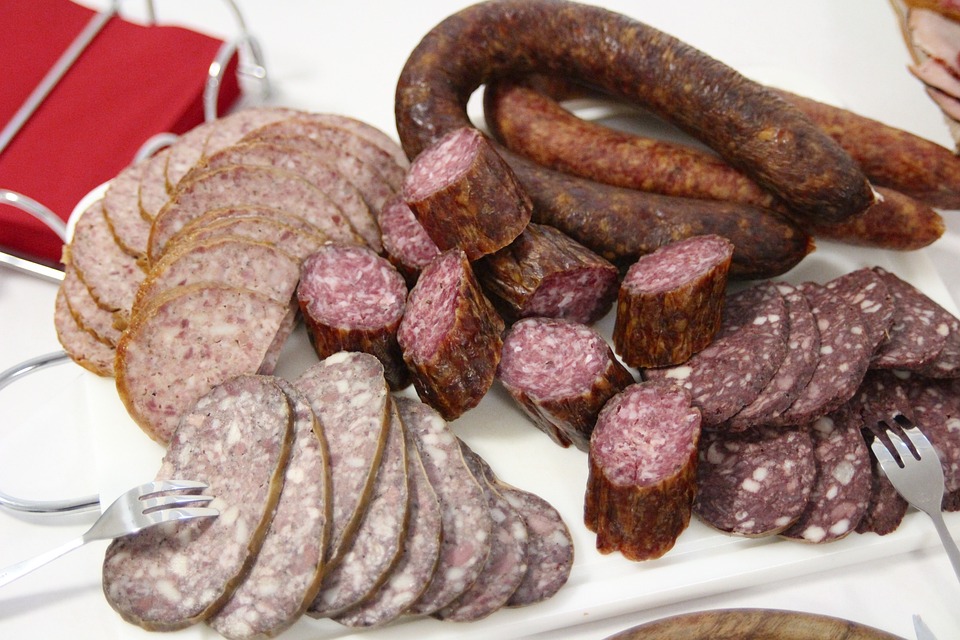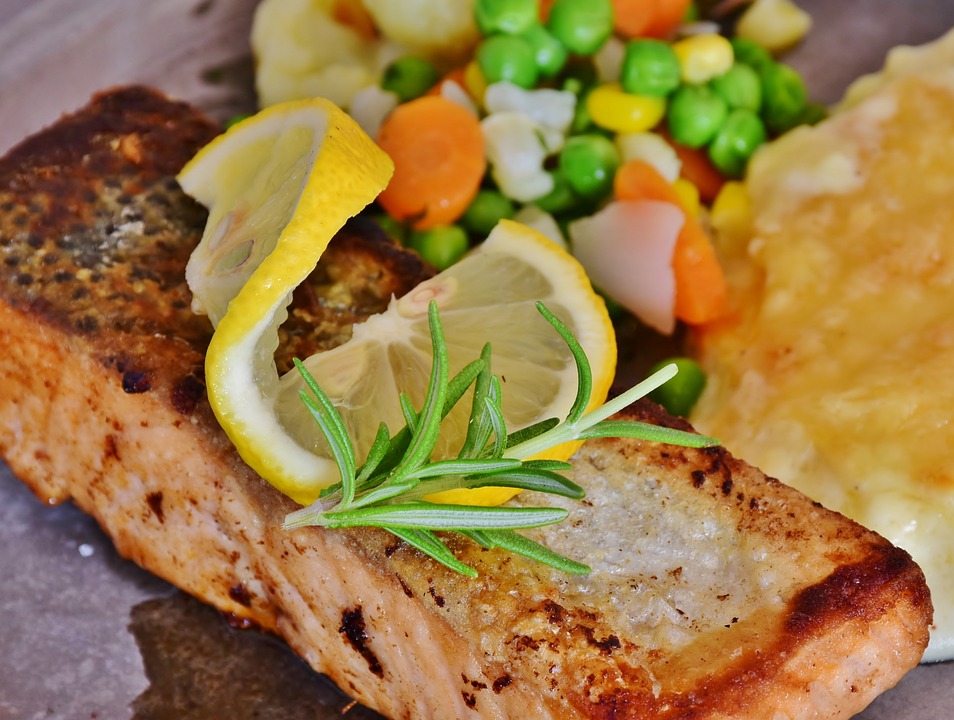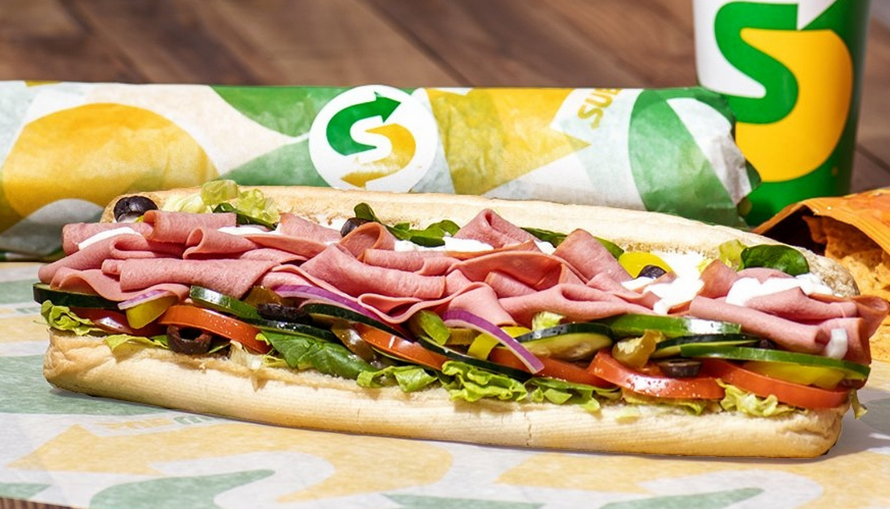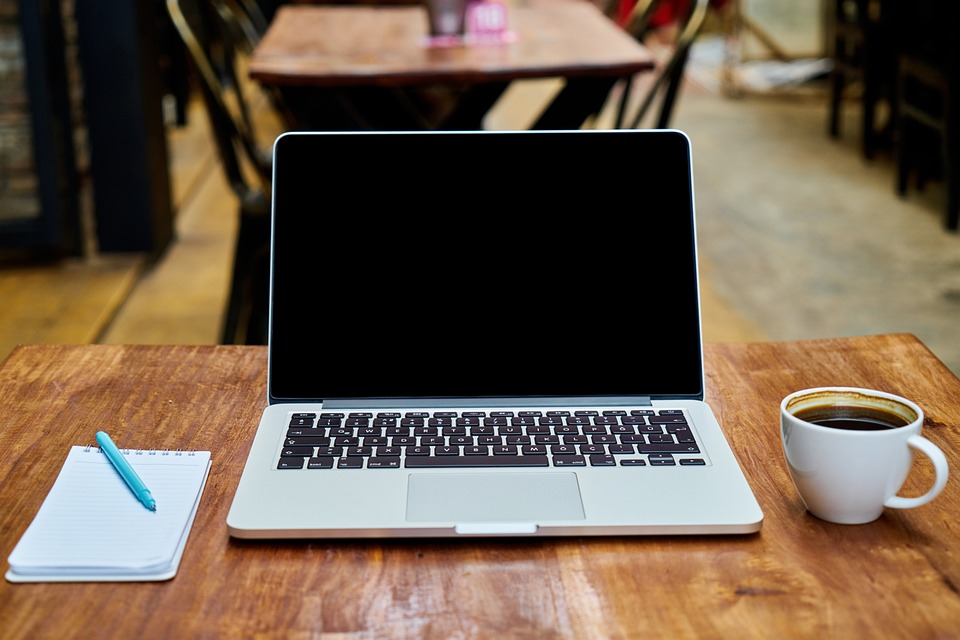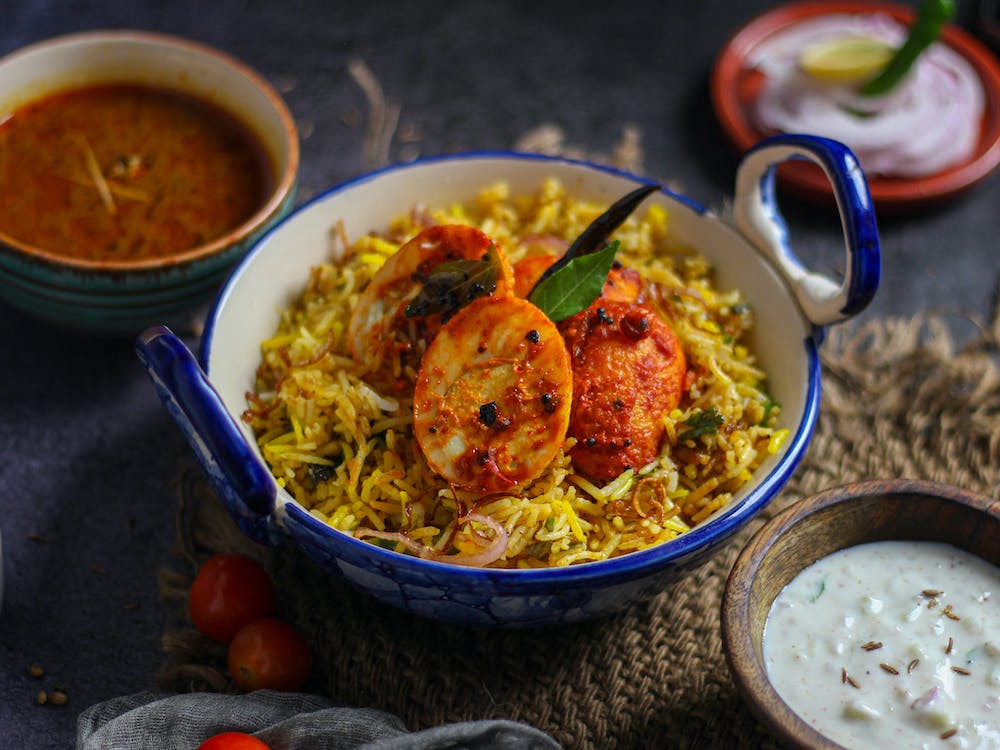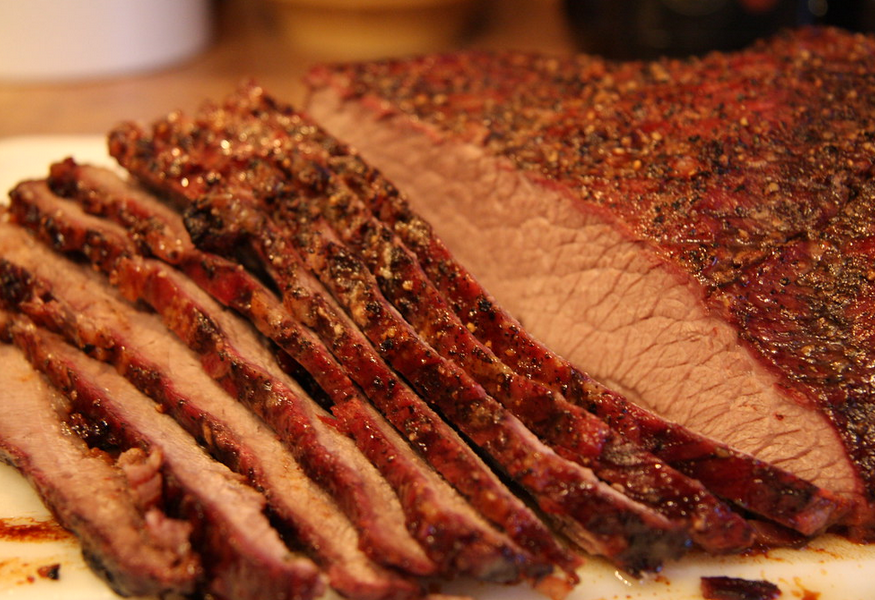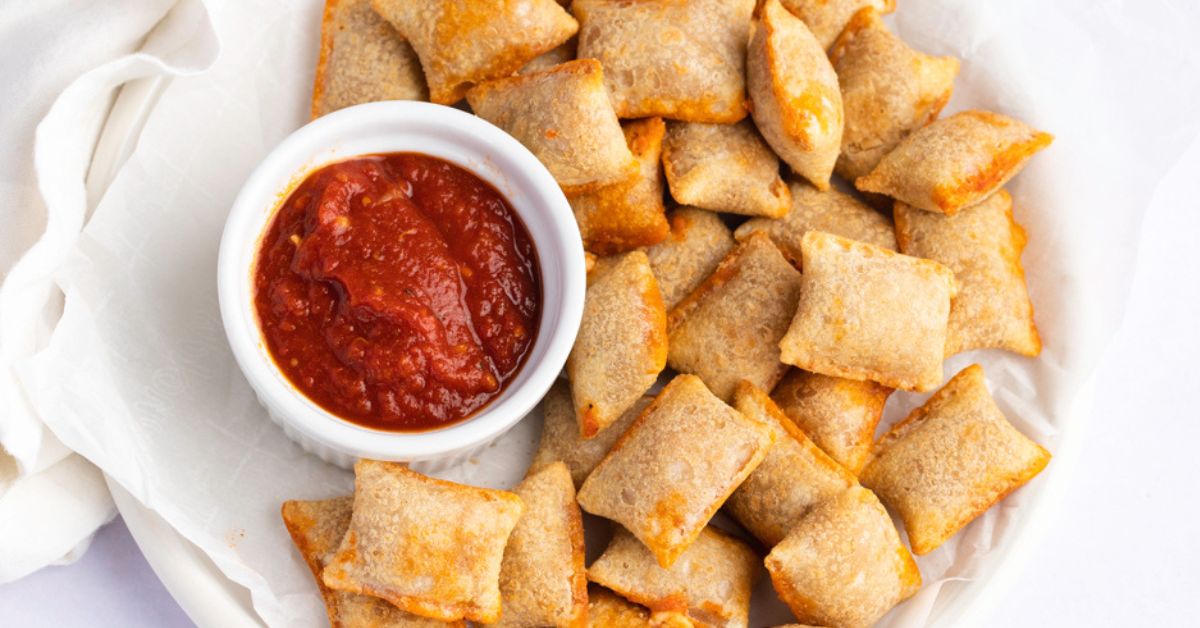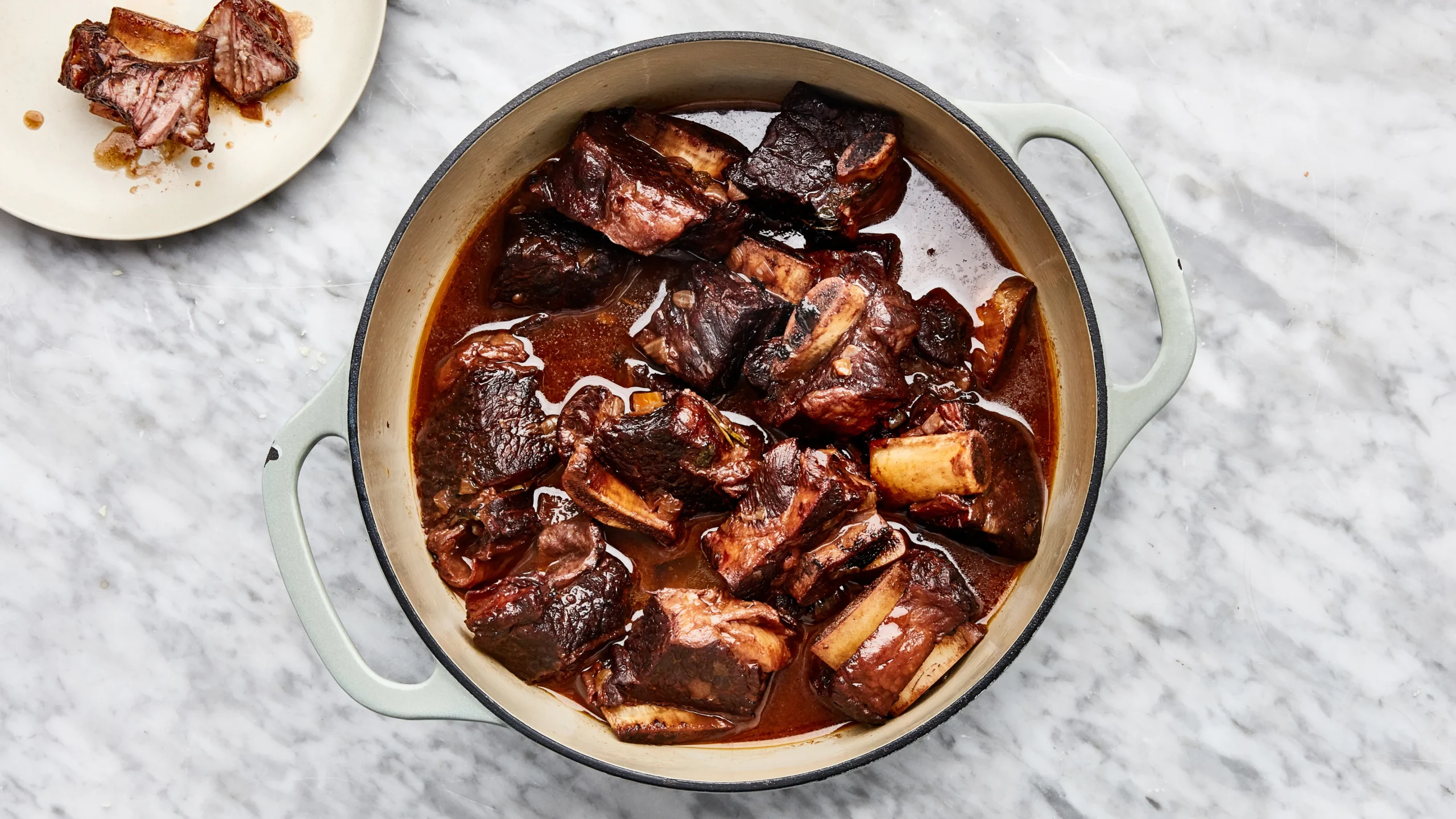If you’re anything like me, understanding basic cooking measurements can make all the difference between a perfect recipe and an epic kitchen fails. Be it cups or teaspoons, making sure that each measurement is exact is essential to ensuring food comes out perfectly cooked – one lapse in measurement could ruin the entire dish! This blog post will answer a seemingly simple question: how many tablespoons are in a cup of butter? With this knowledge, measuring out your ingredients for cooking can be as easy as 1-2-3. Let’s dive right in and explore the world of tablespoon & cup conversions so you can get back to enjoying delicious meals with confidence!
What is a tablespoon and what Is a cup measurement?
A tablespoon is a unit of measurement equivalent to three teaspoons or 15 milliliters. A cup, on the other hand, measures 8 fluid ounces or 236.59 milliliters. It’s important to note that these measurements can vary slightly depending on how much liquid is being measured – for instance, water and oil measure differently in terms of how much takes up a cup.
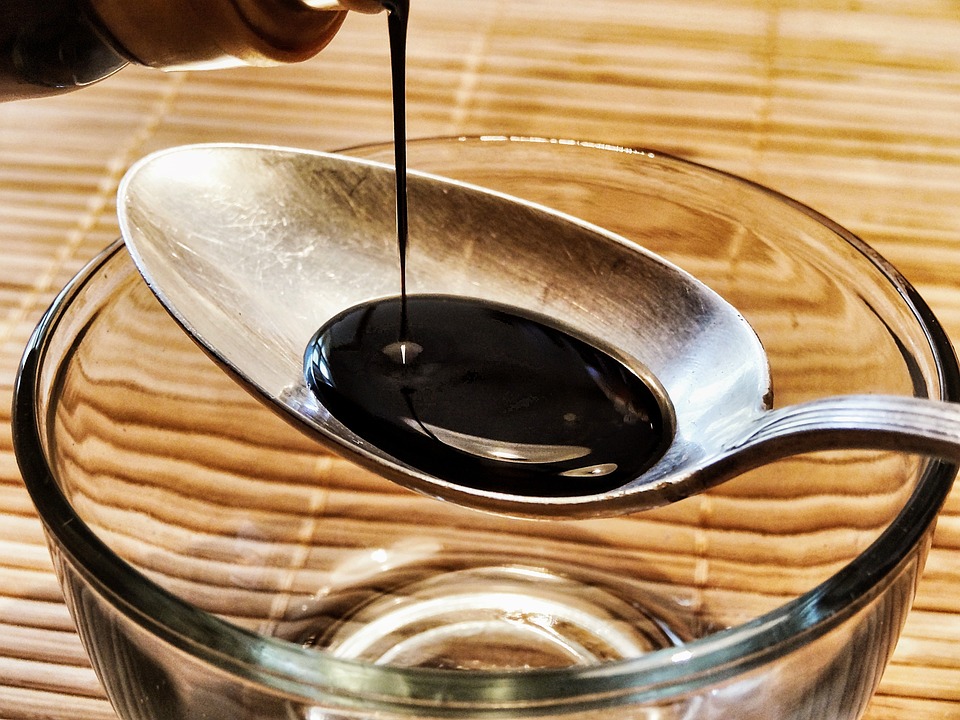
What is a tablespoon and what Is a cup measurement?
How many tablespoons are in a cup of butter?
The answer is simple: 16 tablespoons. A cup of butter is equal to 2 sticks, or ½ pound of butter – and each stick contains 8 tablespoons, so that means a cup of butter contains 16 tablespoons.
For those looking for exact measurements when baking, it’s important to remember that a cup of butter isn’t the same as a cup of liquid. To calculate how many tablespoons are in a cup of butter, you must take the weight into account – 1 stick (or ½ pound) of butter is equal to 8 tablespoons and 2 sticks (or 1 pound) of butter is equal to 16 tablespoons.
How many tablespoons in a cup of unsalted butter?
Since unsalted butter tends to be slightly lighter than salted butter, the answer is still 16 tablespoons. This is true whether you’re measuring a cup of softened or melted butter – in each case, it would still equal 2 sticks, or 1 pound of butter.
How many tablespoons in a cup of salted butter?
The answer is still 16 tablespoons. Salted butter has added salt, which affects how the butter behaves and how it tastes. However, this doesn’t affect how much a cup of salted butter contains – it’s still equal to 2 sticks (or ½ pound) of butter and therefore 16 tablespoons.
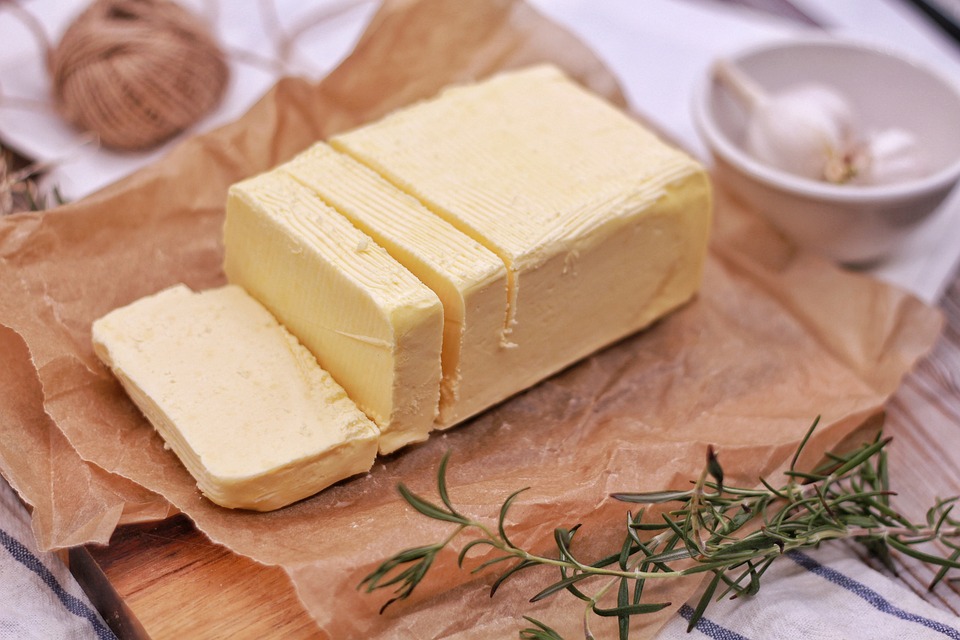
How many tablespoons are in a cup of butter?
Why knowing how many tbsp are in a cup of butter is important?
Knowing how many tablespoons are in a cup of butter is essential for accurate measurements when baking or cooking. Too much or too little butter can drastically change the texture and taste of a dish, so it’s important to make sure you have the right amount.
Understanding how different measurements relate to each other is also key – understanding that 16 tablespoons equal one cup of butter can help you confidently adjust measurements on the fly, whether you’re halving a recipe or doubling it.
How to convert tablespoons to cups of butter?
If you need to convert tablespoons of butter into cups, simply divide the number of tablespoons by 16 – for instance, 8 tablespoons of butter is equal to ½ cup.
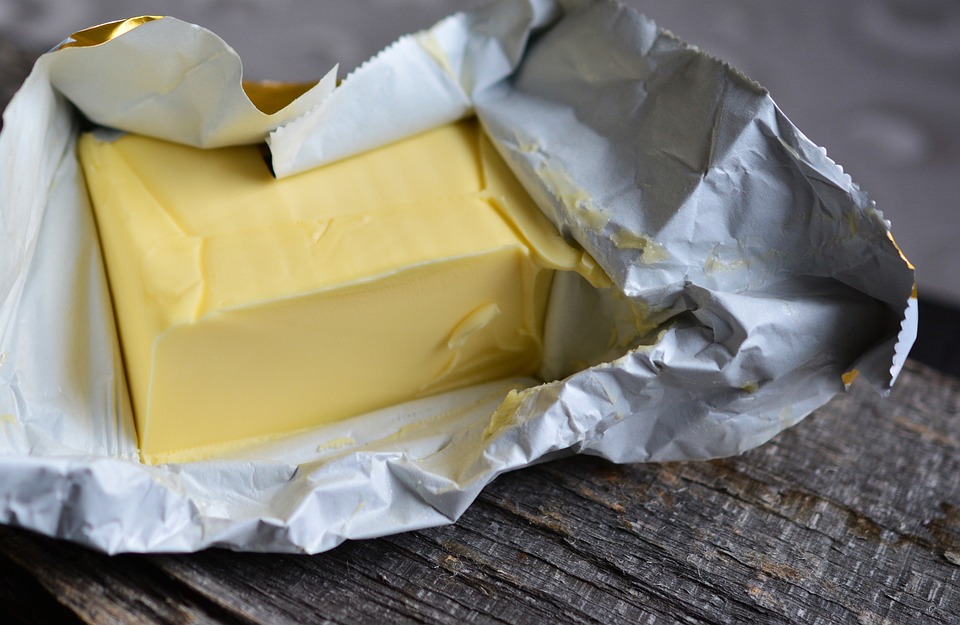
How to convert tablespoons to cups of butter?
It’s important to remember that tablespoon measurements are approximate and can vary slightly depending on how much liquid is being measured. If you are in doubt, it’s always best to use a kitchen scale in order to measure out exact measurements.
Strategies for measuring out exact amounts of butter
If you have a kitchen scale, then use it! Kitchen scales are the most accurate way to measure out how much butter you need for a recipe.
For those without a kitchen scale, measuring spoons can be used to approximate how many tablespoons of butter you need – but remember that these measurements can vary slightly due to how tightly packed the butter is.
Finally, if you don’t have access to either a kitchen scale or measuring spoons, try using an ice cream scoop – they come in standard sizes such as one tablespoon and are perfect for portioning out how much butter you need.
Tips and tricks for getting the most accurate measurement possible
– For the best results when baking, measure out your butter using a kitchen scale. This will ensure that you get the most accurate measurements possible.
– If using measuring spoons or an ice cream scoop, make sure to tightly pack the butter before taking your measurement. This will help make sure that you’re getting as close to exact measurements as possible.
– If you’re halving or doubling a recipe, always adjust the measurements according to how many tablespoons are in a cup of butter – for instance, ½ cup of butter is equal to 8 tablespoons and 1 cup of butter is equal to 16 tablespoons.
– Finally, remember that these measurements can vary slightly depending on how much liquid is being measured. If you are in doubt, it’s always best to use a kitchen scale in order to measure out exact measurements.
Creative ways to make measuring simpler and easier
Measuring out how much butter you need for your recipes doesn’t have to be a chore – here are some creative ways to make measuring simpler and easier:
– Use water displacement! Fill up a measuring cup with cold water, then add butter until the water reaches the desired measurement line on the cup. The butter will displace the water, so you’ll get an accurate measurement.
– Cut your butter into even pieces in advance and then just use as many pieces as needed for the recipe.
– Measure out how much butter you need in advance and store it in the refrigerator or freezer – that way you won’t have to measure every time you cook.
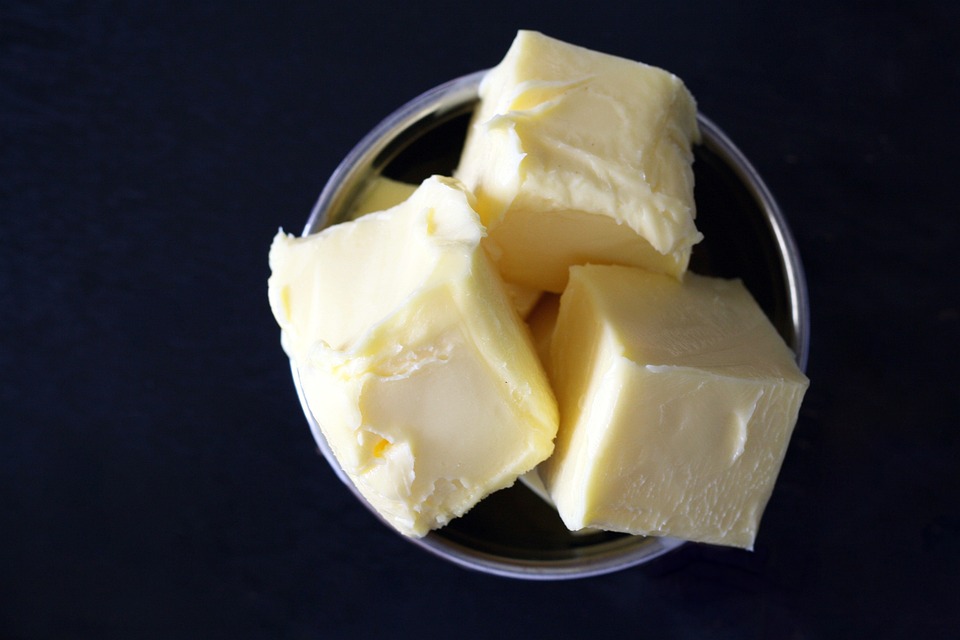
Creative ways to make measuring simpler and easier
Can you substitute butter for other ingredients?
Yes, you can substitute butter for other ingredients – but remember that how much you need to use will depend on the recipe. For instance, if a recipe calls for 1 cup of butter and you want to use olive oil as a substitute, you’ll need to use 2/3 cup of olive oil instead.
It’s important to remember that substitutions may affect how your dish tastes, so always use a recipe that you know and trust when making substitutions. And when in doubt, always use a kitchen scale to ensure that you’re getting the right measurements.
Common recipes that call for cups of butter
From classic chocolate chip cookies to flaky pie crusts, there are countless recipes that call for butter. Common dishes that require a cup of butter include:
– Chocolate Chip Cookies: A classic recipe that calls for a cup of butter, sugar, eggs, baking soda and flour
– Pie Crust: Making a pie crust from scratch requires 2 cups of butter plus white vinegar and salt
– Pancakes: This basic pancake recipe requires 1 ½ cups of butter to make the batter fluffy and delicious
– Brownies: Rich, fudge brownies call for 1 cup of butter, cocoa powder and sugar
– Mashed Potatoes: Creamy mashed potatoes require 1 cup of butter and a few other simple ingredients
– Oatmeal Cookies: These yummy oatmeal cookies need 1 cup of butter as well as oats, brown sugar and baking soda
– Pecan Pie Crust: For a buttery, nutty crust, use 1 cups of butter plus flour, sugar and salt
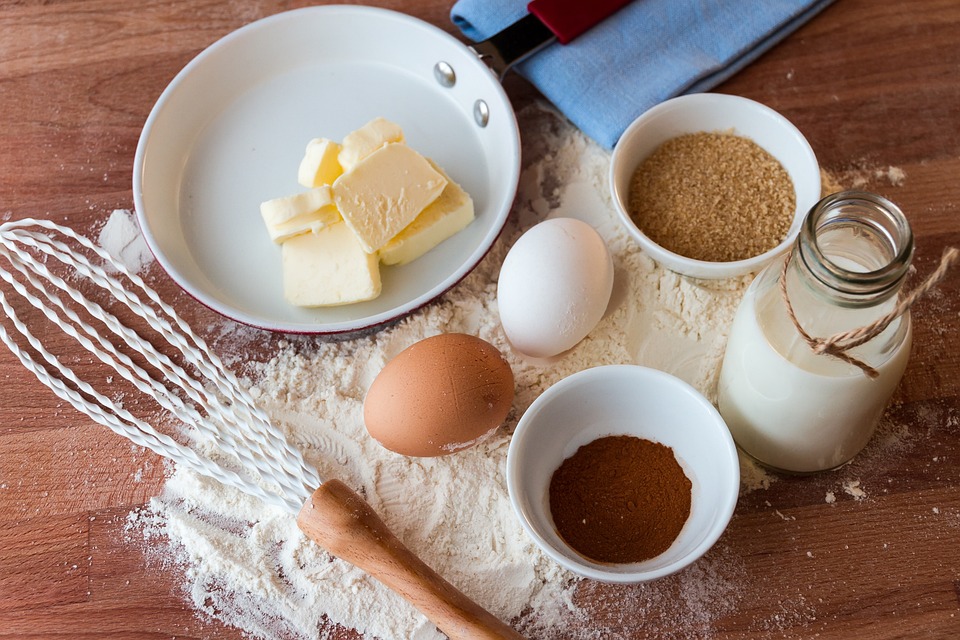
Common recipes that call for cups of butter
Alternatives to measuring butter with a tablespoon or cup
If you’re looking for an alternative to measuring butter with a tablespoon or cup, there are plenty of other options available. These include:
– Butter markers: A butter marker is a small tool that measures how much butter you need for each recipe. It can be used in place of measuring spoons and cups and is more accurate than them.
– Butter wrappers: These paper wrappers come in specific measurements and can be used to accurately measure how much butter you need for each recipe.
– Pre-measured pats of butter: Some brands offer pre-measured pats of butter, which makes it easy to know how much butter you’re using without doing any measuring or weighing.
– Margarine: Margarine is a vegan alternative to butter and comes in different measurements, making it simple to measure out how much you need for each recipe.
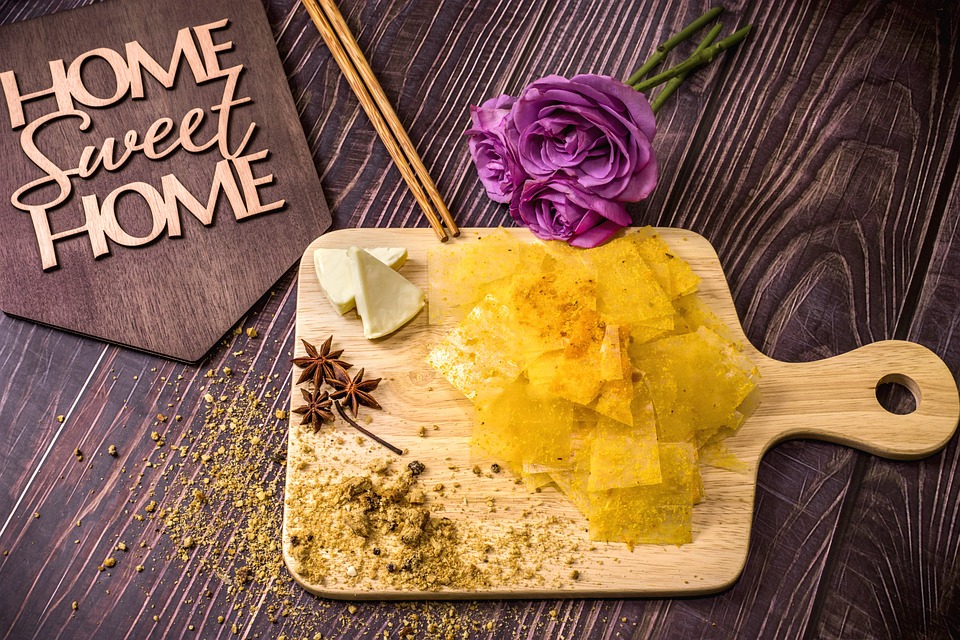
Alternatives to measuring butter with a tablespoon or cup
Conclusion: How many tablespoons are in a cup of butter
Knowing how many tablespoons are in a cup of butter is essential for any home cook looking to make meals that turn out perfect every time. With this knowledge, measuring out your ingredients can be as easy as 1-2-3 – no more guesswork required! So the next time you’re whipping up a batch of your favorite cookies or muffins, rest easy knowing how many tablespoons are in that cup of butter.
FAQs Tablespoons in a cup of butter
Does 8 tablespoons equal 1 cup of butter?
Have you ever needed butter for a recipe but only had half-stick leftovers? Don’t worry – they can be used interchangeably! Even better, there’s no need to pull out the measuring cups. All it takes is 1 full stick of butter equals 8 tablespoons or ½ cup and one half sticks equal 4 tablespoons or ¼ cup – simple as that!
Does 16 tablespoons equal 1 cup of butter?
Keep in mind the handy kitchen equivalent of two sticks of butter being equal to one cup or 16 individual tablespoons – a simple trick for making sure you never run out mid-recipe!
Is 1 cup of butter 250g?
When it comes to baking or cooking recipes, the exact amount of butter you need can be tricky. Different types and levels of moisture removal during processing result in variations in weight – a cup of butter is around 250 grams, but never rely solely on that amount! Accurate measurements are key for success; get yourself a kitchen scale for fool-proof accuracy every time.
What is 1 cup of butter in grams?
When baking, the precise measurement of ingredients is key! Every cupful of butter counts – a single batch can make or break your recipe’s success. Make sure to always measure out 225 grams (8 ounces) when called for in recipes requiring “1 cup” – this way you guarantee flavoursome results every time!
How many cups is 6 tablespoons of butter?
If you’ve ever been in the middle of a baking project and realized that your recipe calls for 6 tablespoons of butter but all you have is ¾ cup, don’t worry – they actually equal each other! Just be mindful to measure accurately as there can sometimes be slight differences based on how much moisture was removed during processing.
What does 1 cup butter mean?
When crafting a delicious dish, precise measurements are essential. Have you ever wondered what exactly “1 cup” of butter means? Wonder no more – it stands for 8 whole tablespoons or 4 ounces! Don’t forget to adjust the salt if using salted butter in your masterpiece meal!
Is 1 cup of butter equal to 2 sticks?
Bake a bang-up batch of brownies in no time with this convenient butter conversion trick! Each stick you add doubles your buttery goodness, doubling to 1 cup when two sticks are used. This simple solution can help cut down any mess and make baking much easier – just measure out the perfect amount for all your favorite recipes!
Is 1 cup of butter the same melted?
Subtly different, butter can drastically shape the outcome of a recipe depending on whether it’s used in its solid or melted form. Make sure you use the right consistency so your dish turns out just as delicious as intended!
Can you use butter cups instead of tablespoons?
Get the perfect amount of butter for that delicious recipe every time! Using tablespoons when you can will guarantee accuracy, so don’t settle for anything less than precision and scrumptious results. Leave those estimated butter cups behind – it’s all about measuring out exact amounts with spoons now!
Is 1 cup of butter half a pound?
It’s always important to get the measurements right when baking. To ensure your recipes turn out perfectly, be sure to weigh your butter – a cup of it equals half a pound or 8 ounces. And don’t forget that salt levels may need adjusting if you use salted instead – measure carefully for perfect results!
